If you are looking to buy a true wireless earbud or sports headphones/earbuds and have done your research, you have probably seen some IPX rating in the specification list or on the box of the device you want to buy. Most of today’s TWS earbuds and sports headphones/earbuds have at least an IPX4 rating and some even have IPX7 or IP67 ratings. In case you are not sure what those ratings mean, read on to understand the purpose and meaning of each IP/IPX rating.
How often have we spoken about devices being ‘water-resistant’ or ‘waterproof’ and ‘dust-resistant’ or ‘dustproof’? Quite a few times. Yet, so many doubts arise when we are to use our devices. Is it okay if I carry it while it’s raining? Can I use it for my workouts? Can I go for a swim wearing it? Can I shower with it? Yes, as weird as that sounds, people do that. (and FYI, we aren’t judging you). The above-quoted terms provide no specific clarification to answer these miscellaneous questions.
The IPX Code or Ingress Protection Code (also known as International Protection Marking), is an internationally accepted standardised scale published by the International Electrotechnical Commission (IEC). It classifies and rates the degree of protection provided by the device against water, dust and physical intrusion. This enables you to understand the resistance power of a device more specifically as opposed to the vague term ‘water-resistant’. The first digit after ‘IP’ indicates the level of protection from solid particles while the second digit indicates the level of protection against water ingress. Generally, the higher the rating, the better the protection. Shocking, right?
Given below is a tabulated form of the classification of IPX Ratings
Water IPX Standards
| LEVEL | PROTECTION AGAINST | EFFECTIVE AGAINST | DETAILS |
| 0 | None | ||
| 1 | Dripping water | Dripping water (vertically falling drops) shall have no harmful effect. | Test duration: 10 minutes. Water equivalent to 1mm rainfall per minute. |
| 2 | Dripping water when tilted up to 15° | Vertically dripping water shall have no harmful effect when the enclosure is tilted at an angle up to 15° from its normal position. | Test duration: 10 minutes. Water equivalent to 3mm rainfall per minute. |
| 3 | Spraying water | Water falling as a spray at any angle up to 60° from the vertical shall have no harmful effect. | Test duration: 5 minutes Water volume: 0.7 litres per minute Pressure: 50 - 150kPa |
| 4 | Splashing of water | Water Splashing against the enclosure from any direction shall have no harmful effect. | Test duration: 5 minutes. Water volume: 10 litres per minute Pressure: 50 - 150kPa |
| 5 | Water jets | Water projected by a nozzle (6.3mm) against the enclosure from any direction shall have no harmful effect. | Test duration: at least 3 minutes Water volume: 12.5 litres per minute Pressure: 30kPa at a distance of 3m. |
| 6 | Powerful water jets | Water projected in powerful jets (12.5mm nozzle) against the enclosure from any direction shall have no harmful effect. | Test duration: at least 3 minutes Water volume: 100 litres per minute Pressure: 100 kPa at a distance of 3m. |
| 6K | Powerful water jets with increased pressure | Water projected in powerful jets (6.3mm nozzle) against the enclosure from any direction, under elevated pressure, shall have no harmful effects. | Test duration: at least 3 minutes Water volume: 75 litres per minute Pressure: 1000kPa at a distance of 3m. |
| 7 | Immersion, upto 1m depth | Ingress of water in harmful quantity shall not be possible when the enclosure is immersed in water under defined conditions of pressure and time. (up to 1m of submersion). | Test duration: 30 minutes Tested with the lowest point of the enclosure 1000 mm below the surface of water, or the highest point 150 mm below the surface, whichever is deeper. |
| 8 | Immersion, 1m or more depth | The equipment is suitable for continuous immersion in water under conditions which shall be specified by the manufacturer. However, with certain types of equipment, it can mean that water can enter but only in such a manner that it produces no harmful effects. The test depth and/or duration is expected to be greater than the requirements for IPX7 | Test duration: continuous immersion in water Depth specified by manufacturer, generally up to 3m. |
Dust IPX Standards
| LEVEL | OBJECT SIZE AGAINST | EFFECTIVE AGAINST |
| 0 | Not protected | No protection against contact and ingress of objects. |
| 1 | >50mm | Any large surface of the body, such as the back of the hand but no protection against deliberate contact with a body part. |
| 2 | >12.5mm | Fingers or similar objects. |
| 3 | >2.5mm | Tools, thick wires, etc. |
| 4 | >1mm | Most wires, screws, etc. |
| 5 | Dust protected | Ingress of dust is not entirely prevented, but it must not enter in sufficient quantity to interfere with the satisfactory operation of the equipment; complete protection against contact. |
| 6 | Dust tight | No ingress of dust; complete protection against contact. |
For a product that does not mention an IPX rating, it simply means that it was not tested for it. It’s also important to note that, say, ‘IPX3’ is not the same as ‘IP03’. In the former case, it was not tested for particulate resistance. In the latter case, 0 indicates that the product does not protect against contact and ingress of objects.
Typically for sports gear, Devices rated between IPX1 to IPX3 can work well with your light workouts. Any devices above IPX3 rating are resistant to some amount of water and are best suited for workouts. For those of you who are swimmers, go for headsets with IPX7 or IPX8, which can be immersed in water.
However, it is important to keep in mind that a device compliant with IPX7, covering immersion in water, need not be compliant with IPX5 or IPX6, covering exposure to water jets. In case it is compliant with both the specifications, both ratings are mentioned for the product.
If you work out a lot, you will need sufficient waterproofing to handle sweat. So whenever you are out to buy your next pair of headphones or earbuds, do make sure to check out the IP ratings on the packaging. And go for something that matches your needs.
Glad you had this cleared outright? Now, go on continue shopping

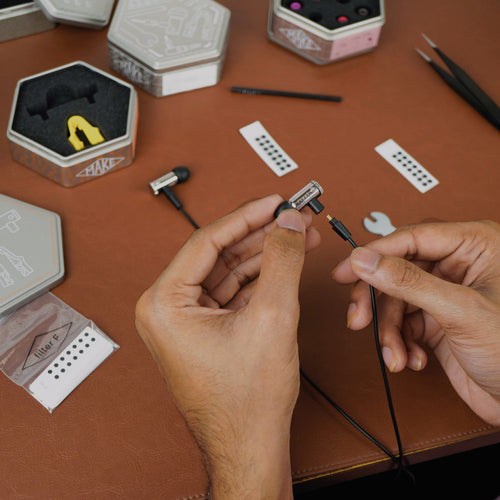
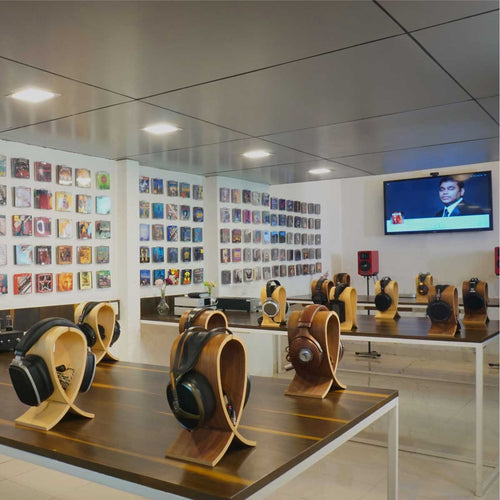


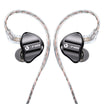

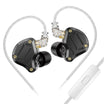
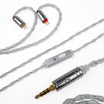
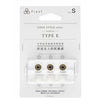
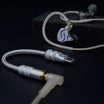

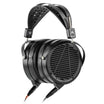
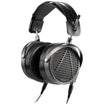
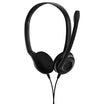
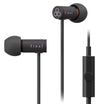
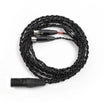
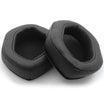
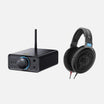
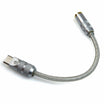
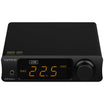
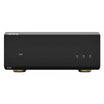
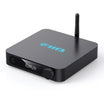
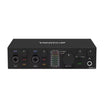
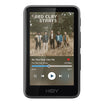
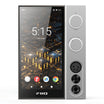
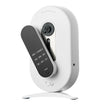
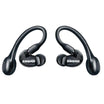
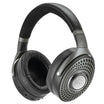
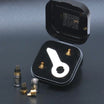
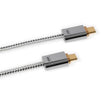
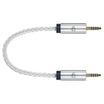
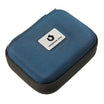
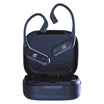
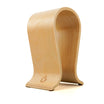
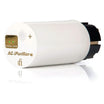
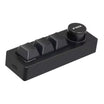
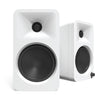
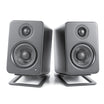
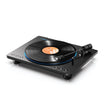
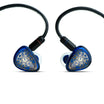
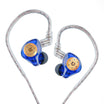
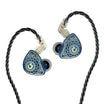
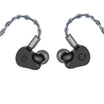
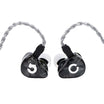
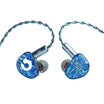
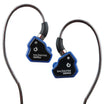
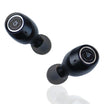
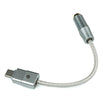
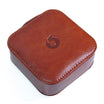
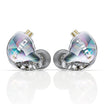
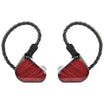
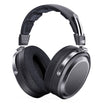
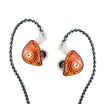
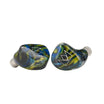

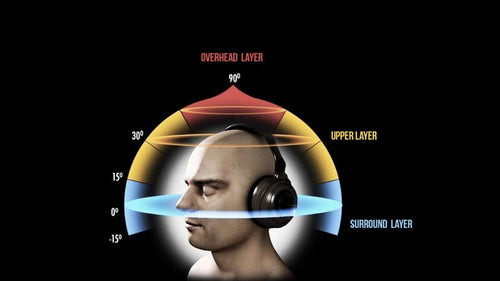
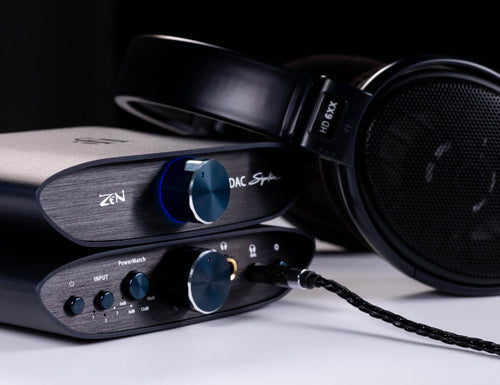
Leave a comment
This site is protected by hCaptcha and the hCaptcha Privacy Policy and Terms of Service apply.